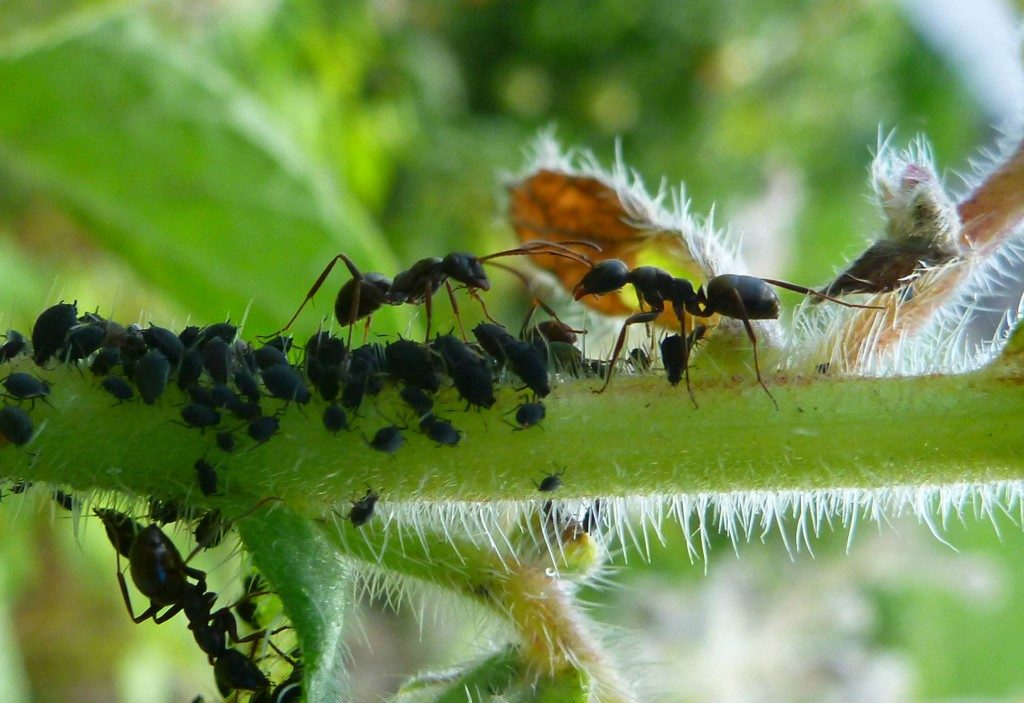• Entomological Society of Québec – 2016
Three undergraduate students presented excellent posters at the annual meeting of the Entomological Society of Quebec.
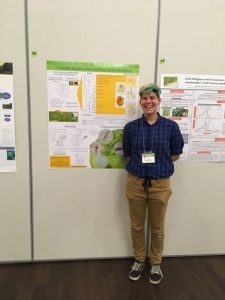
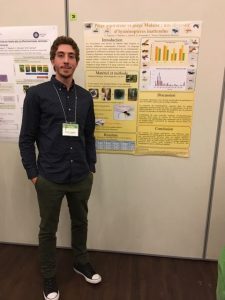
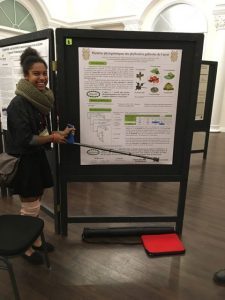
• International Congress of Entomology – 2016
Boasting the largest assembly of entomologists the world had ever seen, The International Congress of Entomology was held in Orlando, Florida, USA, during the last week in September 2017. During the symposium, Colin and hosted and he and Thomas Théry presented at the Synthesis in Sternorrhyncha Systematics symposium. Auxiliary meetings were held in conjunction with the ICE, and Colin presented at the meetings of the International Aphid Genomics Consortium and the Entomological Collections Network.
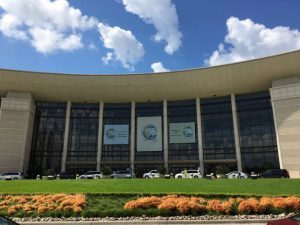
• Thomas Théry wins excellence in teaching award
Thomas won the University of Montreal’s President’s prize for excellence in teaching by a teaching assistant.
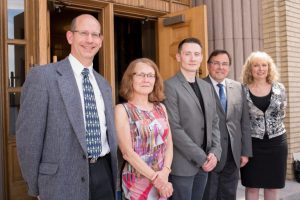
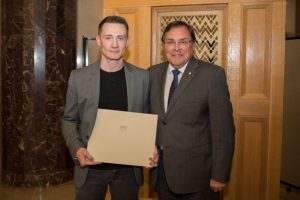
• Synthesis in Sternorrhyncha Systematics
The full program for the symposium, Synthesis in Sternorrhyncha Systematics, has now been approved! The symposium will take place at the International Congress of Entomology in Orlando, Florida, the afternoon of September 29. It will bring together systematists working at all different levels (fossils, morphology, phylogenetics, speciation, and more) on all four groups of Sternorrhyncha (aphids, psyllids, scale insects, whiteflies).
OBJECTIVES and DESCRIPTION Various Sternorrhyncha taxa are important research models for speciation and host-parasite-associated evolution (both plant-insect and insect-endosymbiont), display interesting biological phenomena such as host alternation and polyphenism, and are among the most important crop pests, especially as vectors of plant diseases. Many insect systematists associate at the ordinal or other higher taxonomic level, e.g., the International Society of Hymenopterists, the International Heteropterists’ Society, and the North American Dipterists’ Society. In contrast, systematists working on Sternorrhyncha have tended to aggregate at lower taxonomic levels: e.g., the International Symposium on Aphids and the International Symposium on Scale Insect Studies. The proposed symposium seeks to assemble systematists to share the latest scientific developments in the four major Sternorrhyncha taxa. We will cross the taxonomic borders of our respective groups, exchange ideas, and develop synergies for addressing evolutionary and systematic questions that encompass all the Sternorrhyncha. An explicit aim of the symposium will be to publish a review paper describing the past, present, and future of Sternorrhyncha systematics.
Keynote talks bracketing the symposium will present the systematics, evolution, and fossil history of the Sternorrhyncha. Other oral presentations will highlight the current systematic knowledge of the four major Sternorrhyncha taxa, aphids, psyllids, scale insects, and whiteflies, including their evolution, phylogeny, and classification. Posters will present more focused topics.
• Presentations at the Joint Annual Meeting of the Entomological Societies of Canada and Quebec
The Joint Annual Meeting took place in Montreal the 8th to the 11th of November. Four lab members presented their work.
Pedro Paulo Castro-Grillo, an undergraduate student in his last year, presented a poster on his work on hickory Phylloxera. You can view his poster on line: Poster_Phylloxera_Jam_2015.
Thomas Théry presented the results of the first chapter of his PhD thesis: Multiple introductions of the Monterey pine aphid, Essigella california (Essig, 1909).
Étienne Normandin, Manager of the Ouellet-Robert Entomological Collection, presented recent work in the collection, especially regarding a specimen inventory and a quantitative conservation profile of the collection. He also took the opportunity to present other activities, including his work on a new guide to the insects of Quebec: Thinking differently for insect collections: Profiling data, inventory, and outreach projects.
Colin Favret helped with the organization of the meeting, participating on the scientific committee, and co-organizing a symposium, “Arthropodod biodiversity informatics in the Anthropocene”. During the symposium, he presented his work on machine vision insect identification:Increased taxon sample and dataset size in automated insect identification.
• The enigmatic organ that makes the springtail a collembolan
Entomology Today published a nice blog featuring our new paper on the function of the springtail’s collophore. It featured a collaboration with the USDA and an undergraduate student author.
• Étienne Normandin: Collection manager
We have recruited Étienne Normandin to be the manager of the Ouellet-Robert collection. Welcome Étienne! Send him your congratulations: qmor.umontreal@gmail.com
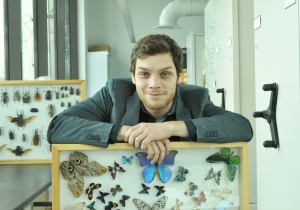
• A nice exposé of the lab in the student journal
The «ARNmessager» is a biology student journal. They published a very nice exposé of the Favret Lab and the insect collection. (in French)
• Mylène wins the IRBV photo contest
Undergrad honors student Mylène Durant won first prize in the IRBV photo contest (December 2014). Her picture features some of the organisms in her study, the ant Formica glacialis tending the aphid Aphis fabae. In the photo they are located on Borago officinalis.
